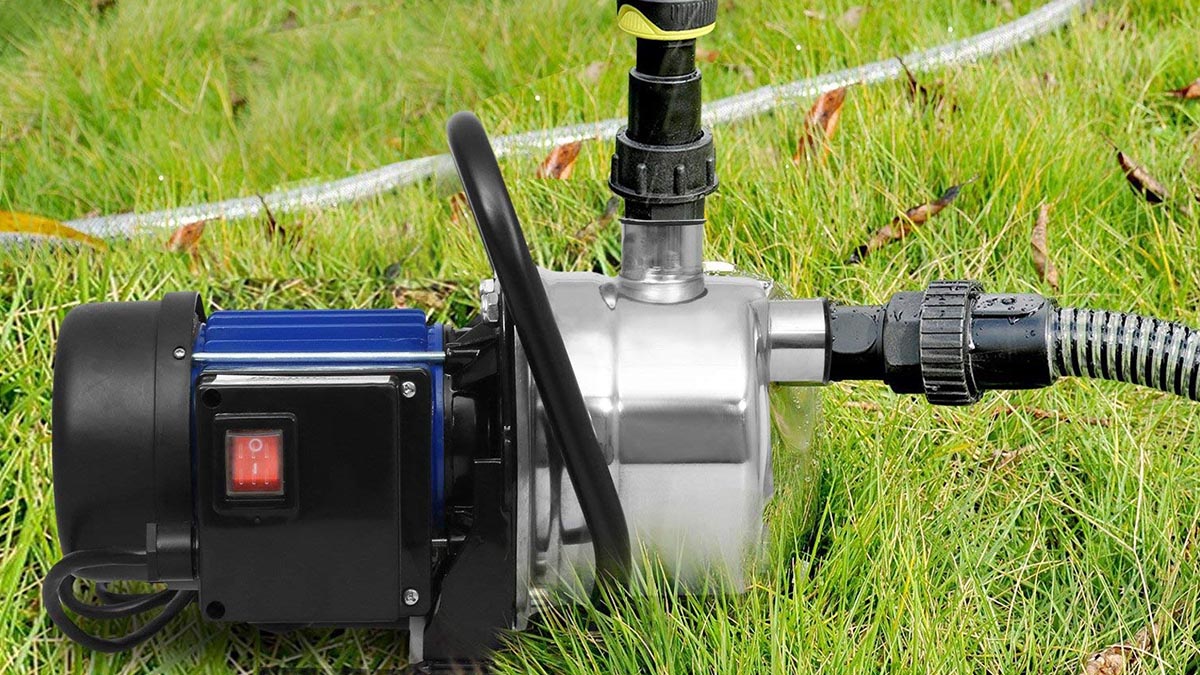Has your basement ever flooded immediately after a downpour?
The excess water can leave your floor damp, uncomfortable, and with huge bills of water damage. This makes excess moisture accumulate in the house, causing health problems and damage to your property.

There is a solution for this, a sump pump! To prevent your house foundation from weakening and all the other issues that come with a flooded basement, buy a sump pump.
If you have no idea what this is, worry less, by the time you finish reading this, you will know quite well about sump pump use and its maintenance.
A sump pump is a device installed in your house’s basement to drain out excess water that would cause flooding if left.
A typical sump pit consists of a pump, power supply, and a sump pit. Position the sump pump at the lowest point of your house and inside its pit.
Construct the pit using concrete or pre-fabricated plastic. You could also prefer a pit made of rubber to suit the task. A sump pump functions by sucking water from your home and draining it into a ditch, commonly referred to as a sump pit.
Keep in mind that you need to install the sump pit in your crawl space.
The pump will then drain all this water into a sewer line once the water reaches a predetermined level. Sump pumps powered by the use of electricity.
A floater flips the switch resulting in the pump to draw water out of the pit, away from the basement, and into the sewer or ditch.
In the past, homeowners installed sump pumps after heavy rains and leakages into the crawl space. However, today these submersible devices primarily prevent all the damages that may result from underground water overflowing.
Do not wait for the water to destroy all the items in your basement; install a sump pump now.
Before you learn how to use a sump pump, you need to know the type to buy. There are two types of sump pumps: pedestal and submersible. So, which one should you go for?
A submersible sump pump has a motor placed inside the sump pit and sealed in a waterproof case. A pedestal sump pump, the pit lies below the motor.
Both types of sump pumps connected to a long pipe that takes water away from the basement. However, the amount of water that the pipe drain cab depends on the pipe’s horsepower and size. The pedestal sump pump is easy to reach and clean compared to the submersible one.
In terms of cost, a pedestal is cheaper than submersible. These two aspects should help you make a choice.
Sump pump use and maintenance are very significant in keeping your home safe and saving money.
Protecting your home and especially the basement does not end with installing a sump pump; you need to keep the device in good shape for when the rainy day comes.
This is where maintenance tips from experts come in handy. The most basic of all maintenance efforts is to have either the pedestal or submersible sump pump installed by a professional.
Test, test, and test again! You will only notice the effectiveness of a sump pump after a downpour or leakage. This may not happen often. Therefore, you need to test the sump pump regularly.
Pour lots of water into the sump pit to raise past the predetermined level. Does the pump remove water and automatically shut off after a few seconds? If yes, then it is working efficiently. Repeat this regularly.
It is good to have a pump backup system, especially if you are located in an area that experiences frequent power outages. You can back up using water pressure from your water supply system at home: this pushes floodwaters out of the sump pit.
Alternatively, buy a marine-grade battery that powers the pump for up to twelve hours. Remember to check and charge the battery regularly.
Like any other machine, the movable parts of the sump pump you install are prone to wear and tear. Learn how the pump works so you will know when there is a problem.
Identify the problem, inspect different parts of the part, repair, or replace any parts that do not work well or are no longer usable.
If you do not seem to find the problem, call the emergency number on the device manual for assistance. You can also arrange for a professional to come in for regular inspection.
During the visits, have him inspect the pit, backup source, check valve, alarm (if installed), housing, and discharge location.
You do not need a professional for this; you can do it on your own. Periodically clean the interior of the pump using a mixture of hot water and bleach. Occasionally or when the need is, scrub the basin to remove any buildup of debris.
Do not forget to unplug the pump from its power source before you start cleaning. All water should also be off.
This is not optional! There is danger involved with a flooded basement. Carefully install an alarm that will sound a warning as soon as the sump pump stops working.
With advancements in technology, you have room for connecting the alarm system to your tablet or cell phone.
You will receive a notification or text message when the alarm goes off. Most sump pump alarms last a lifetime. All you have to worry about is changing the batteries frequently. Servicing the alarm is also essential.
Sump pump use and maintenance tips make your crawl space water-free. This will help you save your home now and in the future.
Sump pumps do not require regular maintenance. You can at least do annual maintenance depending on how you use the pump.
We have given you a detailed guide on how to use or maintain sump pumps the right way. I hope the above tips will help you keep the sump pump working well.